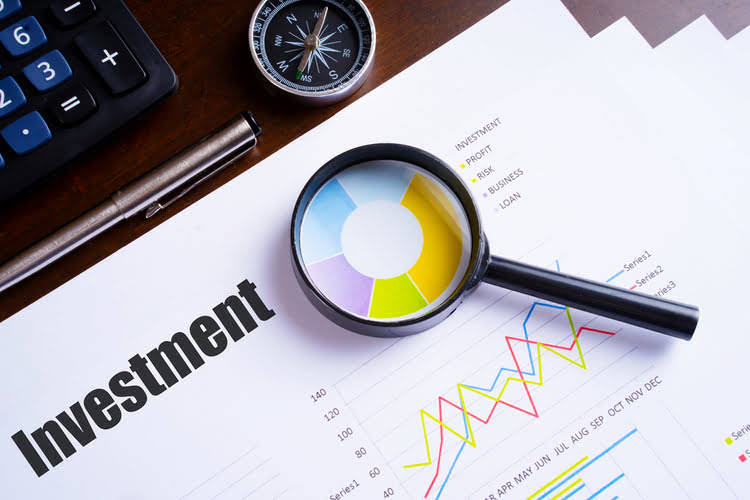FIFO: The First In First Out Inventory Method

To calculate the value of inventory using the FIFO method, calculate the price a business paid for the oldest inventory batch and multiply it by the volume of inventory sold for a given period. Every time a sale or purchase occurs, they are recorded in their respective ledger accounts. However, as we shall see in following sections, inventory is accounted for separately from purchases and sales through a single adjustment at the year end. By using FIFO, the balance sheet shows a better approximation of the market value of inventory. The latest costs for manufacturing or acquiring the inventory are reflected in inventory, and therefore, the balance sheet reflects the approximate current market value.
FIFO method and inventory valuation
Investors commonly use the average cost basis method for mutual fund tax reporting. Of course, there’s no guarantee that $25 will be the selling price when the remaining shares are sold if the investor sold the 1,000 shares using the FIFO method. The stock price could decrease, https://www.bookstime.com/ wiping out most of the capital gains and an opportunity to realize a capital gain. Investors must weigh whether to take the gain today and pay the capital gains taxes or to try to reduce their taxes and risk losing any unrealized gains on their remaining investments.
FIFO: The First In First Out Inventory Method

Since First-In First-Out expenses the oldest costs (from the beginning of inventory), there is poor matching on the income statement. The revenue from the sale of inventory is matched with an outdated cost. During inflationary times, supply prices increase over time, leaving the first ones to be the cheapest. Those are the ones that COGS considers first; thus, resulting in lower COGS and higher ending inventory.
- Later, she buys 150 more boxes at a cost of $4 each, since her supplier’s price went up.
- Cost of goods sold is an expense for a business, meaning it will also have tax implications.
- If you have items that do not have a lot date and some that do, we will ship those with a lot date first.
- The valuation method that a company uses can vary across different industries.
- To calculate inventory under the FIFO method, sum the costs of all inventory units sold during the period, prioritizing the cost of the oldest items.
LIFO and FIFO: Impact of Inflation
FIFO, or First In, First Out, assumes that a company sells the oldest inventory first. Therefore the first batch of inventory that they order is also the first to be disposed of, leading to a steady inventory turnover. Although a business’s real income and profits are the same, using FIFO or LIFO will result in different reported net income and profits. This, in turn, results in a higher taxable income for the business and, thus, a higher tax burden. To better understand the method, consider a factory line where the earliest produced item should go out first to open up space for the following item. Theoretically, in a first in, first out system, you’d sell the oldest items in your inventory first.

A higher inventory valuation can improve a brand’s balance sheets and minimize its inventory write-offs, so using FIFO can really benefit a business financially. Notice that Susan lists the 130 units remaining in her inventory as costing $4 apiece. This is because she presumes that she sold the 80 units that she bought for $3 apiece first. Susan started out the accounting period with 80 boxes of vegan pumpkin dog treats, which she had acquired for $3 each. Later, she buys 150 more boxes at a cost of $4 each, since her supplier’s price went up.
Leave inventory management to the pros (ShipBob)
- Since LIFO uses the most recently acquired inventory to value COGS, the leftover inventory might be extremely old or obsolete.
- Companies have their choice between several different accounting inventory methods, though there are restrictions regarding IFRS.
- FIFO is calculated by adding the cost of the earliest inventory items sold.
- His work has been featured in outlets such as Keypoint Intelligence, FitSmallBusiness and PCMag.
Average cost inventory is another method that assigns the same cost to each item and results in net income and ending inventory balances between FIFO and LIFO. Finally, specific inventory tracing is used only when all components attributable to a finished fifo calculation product are known. Many brokerage firms default to the average cost basis method for mutual funds but other methods are available. These include first in, first out (FIFO), last in, first out (LIFO), high-cost, low-cost, and specific identification.
Though both methods are legal in the US, it’s recommended you consult with a CPA, though most businesses choose FIFO for inventory valuation and accounting purposes. It offers more accurate calculations and it’s much easier to manage than LIFO. FIFO also often results in more profit, which makes your ecommerce business more lucrative to investors. The First-in First-out (FIFO) method of inventory valuation is based on the assumption that the sale or usage of goods follows the same order in which they are bought.